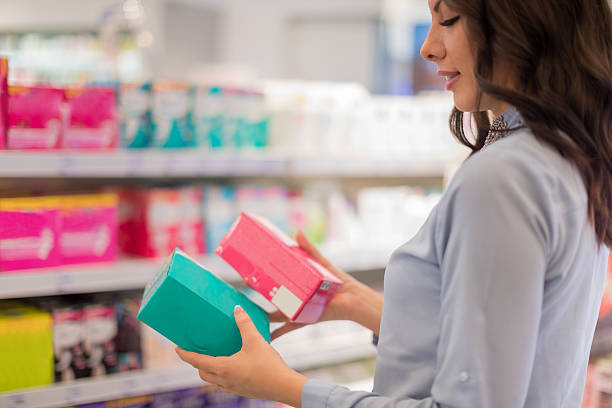The woman begins to bleed profusely after birth as the uterus begins to heal. Bright crimson, thick, and clotted bloody discharge is expected.
The bleeding is most likely more intense than her period and can linger anywhere between four to six hours following delivery. In this situation, the one thing that you will need the most is a maternity pad.
When you are resting, bleeding slows down for the first six to twelve hours, but once you get up and walk around, you may experience a blood rush. Lochia is the medical term for vaginal bleeding that lasts until all of the excess uterine membranes, and the placenta is eliminated.
Why are maternity pads considered better than sanitary pads?
Maternity pads are regarded to be superior to sanitary pads since they are thicker and wider. During pregnancy, the body feeds the baby, which causes the blood volume to increase by 40 to 60 percent. When opposed to typical sanitary napkins, maternity pads are appropriate to use after childbirth to absorb heavy bleeding.
Maternity pads are created specifically for this condition and are extra-long, absorbent, and comfy. To remain healthy and avoid infection, women should replace their pads frequently. Women are always on the lookout for soft, long-lasting pads that are both leak-proof and kind on their sutures.
Start with a couple of large packs of 12 postpartum pads and add more as needed. At least two packets of pregnancy pads should be in your maternity backpack. Because good cleanliness is very vital, you should replace your pad frequently after delivering the child.
During and after birth, maternity pads are used, whereas sanitary pads are used on a regular basis. Compared to sanitary pads, maternity pads have twice the absorbency. Maternity pads are wider and longer to cover a larger region of the woman’s body, whereas sanitary pads are smaller and cover a smaller area.
A standard sanitary pad has a netting top layer that rubs against your stitched skin; however, pregnancy pads are softer and thicker, providing a more comfortable feeling whether sitting or lying down.
Yes, it plays a vital role in terms of comfort since the underwear does not get stained, is not uncomfortable. It is critical to get maternity pads instead of sanitary napkins because they are longer, softer, and thicker than regular pads and provide you with the confidence to remain comfortable.
If it’s your first child and you have previously used tampons, the quantity of blood may startle you. Tampons should not be used in the weeks following childbirth since they can cause infection.
When you begin using them, wait till your period has returned. Switching from pregnancy pads to sanitary pads would make a significant difference.
When you choose sanitary pads versus maternity pads, you are sacrificing comfort and hygiene. Not only will you be constantly cognizant of the discoloration, but you will also be uncomfortable with the vaginal stitches. Preferably, use the pregnancy pads designed specifically for women who have recently become mothers.
Menstruation after childbirth is frequently heavier than usual. It’s better to be safe than sorry, therefore wear maternity pads to manage the non-pregnant state that can occur after delivery. Sanitary pads are indeed recommended, but only once the flow has returned to normal.






